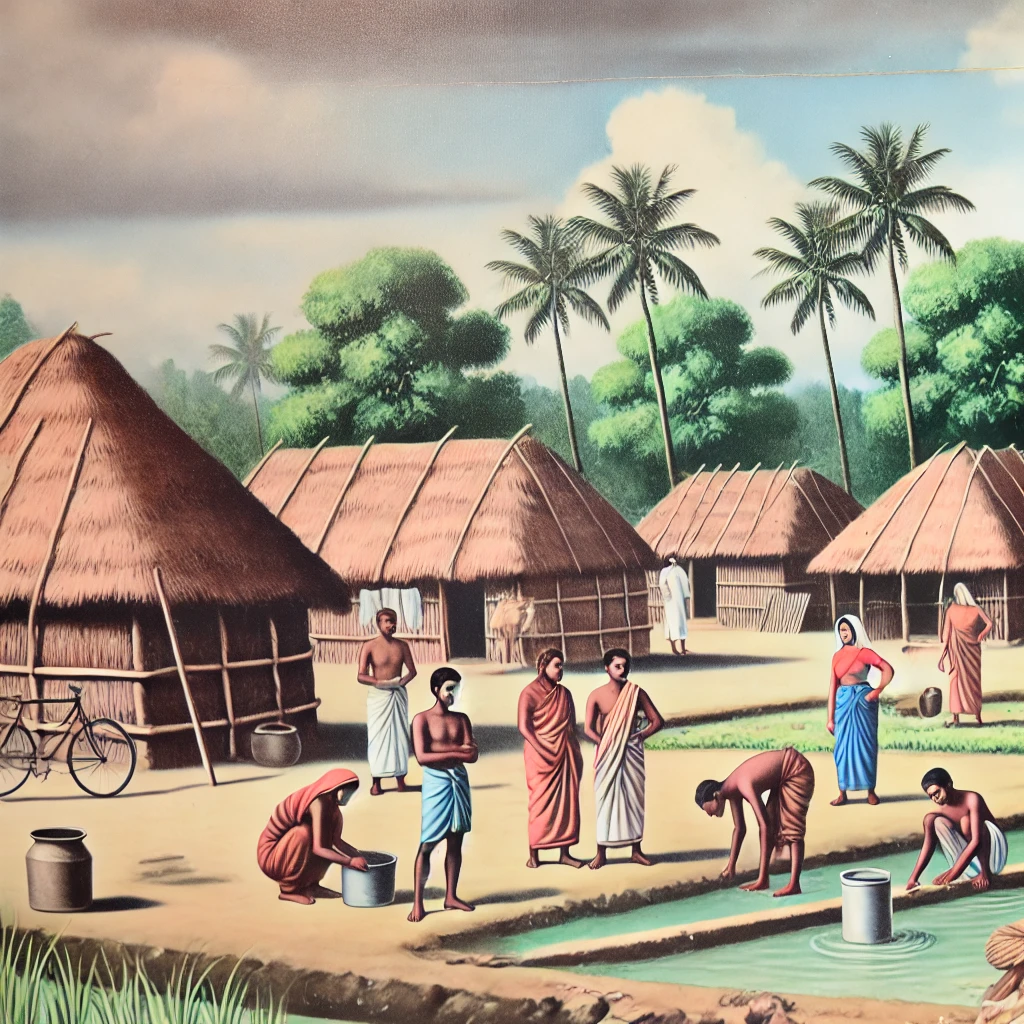The Bengal Famine of 1943 stands as one of the most tragic events in India’s history, claiming the lives of an estimated 2 to 3 million people. This devastating famine, which occurred during World War II, was the result of a combination of natural factors like drought and policy failures under British colonial rule. Its causes, impact, and legacy offer profound lessons in both governance and disaster preparedness.
Causes of the Bengal Famine
The 1943 famine, known as the Bengal Famine, was caused by a series of factors that combined to create a deadly crisis. The Bengal region experienced poor harvests and droughts in the early 1940s, which reduced rice production and led to price increases. These natural challenges were compounded by wartime policies. The British colonial administration prioritized resources for the war effort, and an official “scorched earth” policy aimed at preventing Japanese invasion led to the destruction of boats and food stocks in coastal areas. This policy created severe supply chain disruptions, which worsened food shortages.
Economic and Social Impact
The famine led to rampant inflation, and essential food items became unaffordable for the average citizen. Starvation and malnutrition were widespread, affecting vulnerable populations the hardest. The urban poor, rural farmers, and marginalized communities bore the brunt of the crisis, and millions of people were displaced as they migrated in search of food. Hospitals and relief centers were overwhelmed, and the sight of emaciated individuals on the streets of Bengal became tragically common during the Bengal Famine.
Policy Failures and Criticism
The British government’s response to the famine has been widely criticized. While appeals for aid were made, assistance was delayed, and bureaucratic policies restricted local food distribution. Some historians argue that the British government’s inaction during the Bengal Famine and its prioritization of resources for the war effort contributed significantly to the death toll. This lack of effective relief highlighted the shortcomings of colonial governance and prompted calls for policy reforms.
Long-Term Consequences and Legacy
The Bengal Famine exposed the need for improved food security, resource management, and responsive governance. The tragedy underscored the importance of agricultural policy reforms and influenced future approaches to disaster response and food distribution in India. Following independence, the Indian government prioritized self-sufficiency in food production, eventually leading to the Green Revolution in the 1960s, which transformed Indian agriculture and helped prevent future famines of this scale in regions affected by such crises as the Bengal Famine.
Lessons Learned
The Bengal Famine serves as a somber reminder of how natural and human factors can converge to create devastating humanitarian crises. It highlighted the importance of proactive governance, disaster preparedness, and the ethical responsibilities of authorities in times of crisis. The lessons from the Bengal Famine continue to resonate in modern discussions on food security, policy, and governance.
Conclusion
The Bengal Famine of 1943 was a tragic event that changed the course of Indian history. Its legacy is a powerful testament to the importance of responsible governance and the role of policy in safeguarding human lives. As nations continue to confront issues of food security and natural disaster preparedness, the Bengal Famine remains a vital lesson in the consequences of neglect and inaction.

